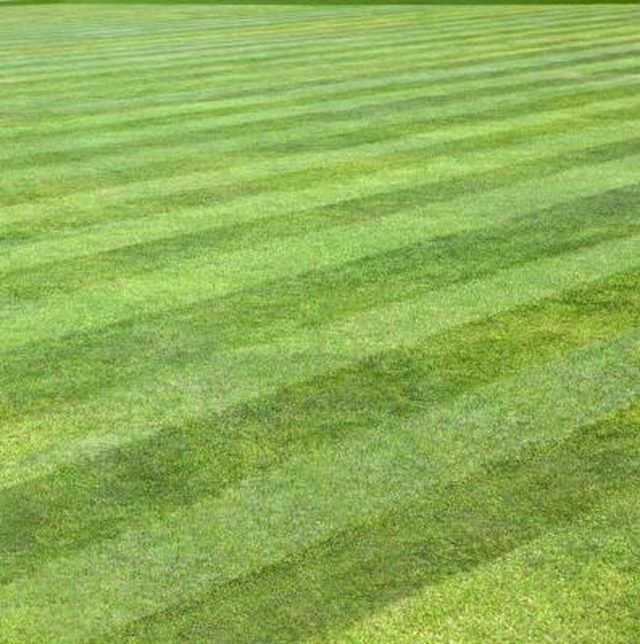Bulbs
Flower Basics
Flower Beds & Specialty Gardens
Flower Garden
Garden Furniture
Garden Gnomes
Garden Seeds
Garden Sheds
Garden Statues
Garden Tools & Supplies
Gardening Basics
Green & Organic
Groundcovers & Vines
Growing Annuals
Growing Basil
Growing Beans
Growing Berries
Growing Blueberries
Growing Cactus
Growing Corn
Growing Cotton
Growing Edibles
Growing Flowers
Growing Garlic
Growing Grapes
Growing Grass
Growing Herbs
Growing Jasmine
Growing Mint
Growing Mushrooms
Orchids
Growing Peanuts
Growing Perennials
Growing Plants
Growing Rosemary
Growing Roses
Growing Strawberries
Growing Sunflowers
Growing Thyme
Growing Tomatoes
Growing Tulips
Growing Vegetables
Herb Basics
Herb Garden
Indoor Growing
Landscaping Basics
Landscaping Patios
Landscaping Plants
Landscaping Shrubs
Landscaping Trees
Landscaping Walks & Pathways
Lawn Basics
Lawn Maintenance
Lawn Mowers
Lawn Ornaments
Lawn Planting
Lawn Tools
Outdoor Growing
Overall Landscape Planning
Pests, Weeds & Problems
Plant Basics
Rock Garden
Rose Garden
Shrubs
Soil
Specialty Gardens
Trees
Vegetable Garden
Yard Maintenance
Bermuda Grass Vs. Bahia Grass in Florida
Bermuda Grass Vs. Bahia Grass in Florida. Bermuda and Bahia, both warm-season grasses, are typically planted in areas that see high temperatures and frequent drought conditions. They are not suited for planting in the Northern United States because they do not fare well in cold weather.

Bermuda and Bahia, both warm-season grasses, are typically planted in areas that see high temperatures and frequent drought conditions. They are not suited for planting in the Northern United States because they do not fare well in cold weather.
Lawn Height
As one of the tallest lawn grasses, Bahia should be maintained between 2 and 5 inches in height to remain healthy. Bermuda grass falls at the low end of the spectrum, with an average mowed height of 1 inch. With either grass, it is important to never cut more than one-third of the blade height in a single cutting.
Fertilizer Rates
Bahia grass does not need to be fertilized as often as Bermuda. Bahia should be fertilized once in the spring, a few weeks after the grass comes out of dormancy. Bermuda grass should be fertilized monthly to maintain a healthy lawn.
Establishment
Bermuda grass is quicker to establish than Bahia. Typically, the lawn will be fully established in one year, provided that fertilization is maintained. Bahia grass, on the other hand, can take up to two years before the lawn is established.